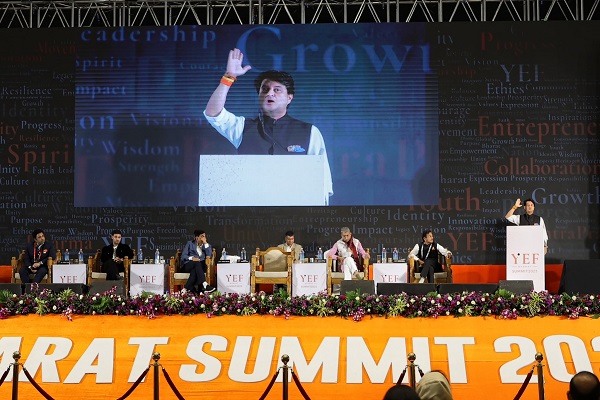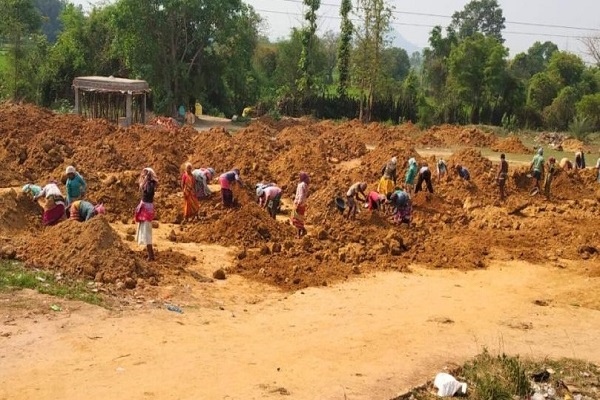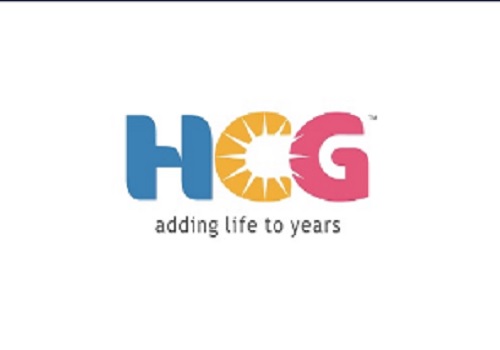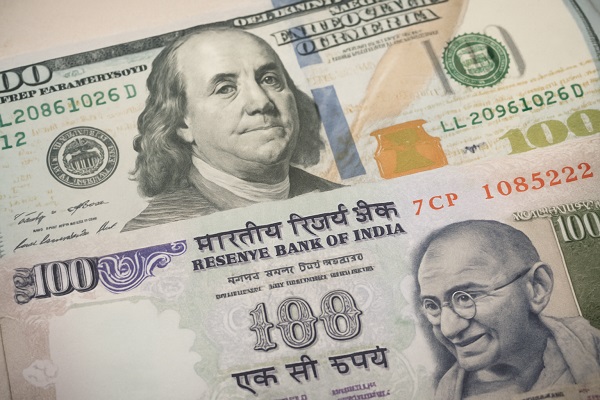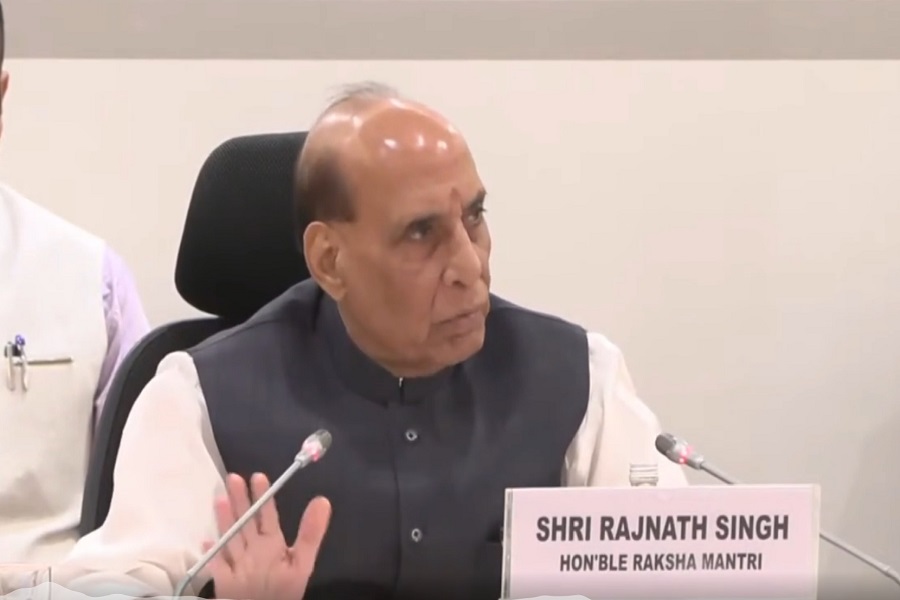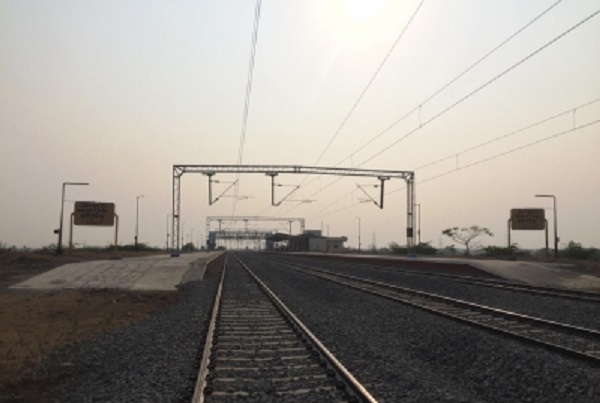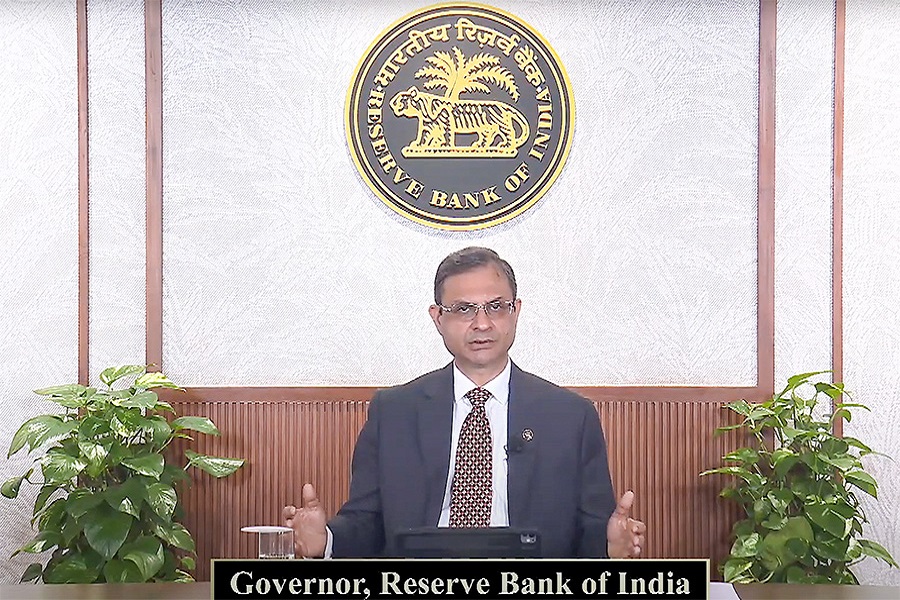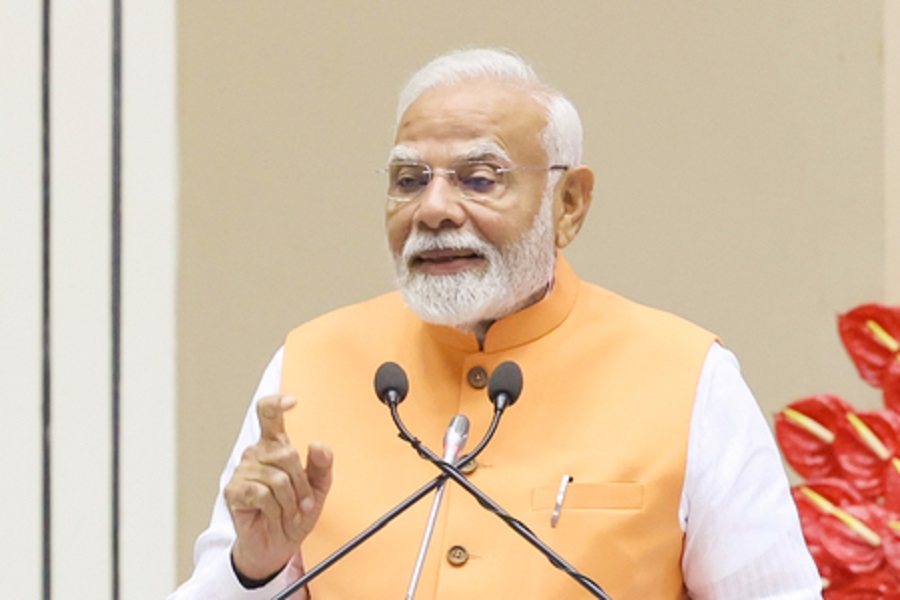Economy Update : Favorable base keeps inflation in check by Kotak Institutional Equities
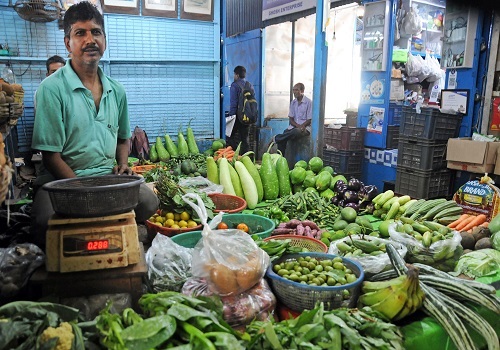
Favorable base keeps inflation in check
CPI inflation in July fell to 3.5% from 5.1% in June supported by a favorable base despite a continued increase in vegetable prices. This spike has started to dissipate in August and will likely reverse over the next 1-2 months. We maintain our FY2025 average CPI inflation estimate at 4.5%. We continue with our call for a shallow rate cut cycle, starting in the December policy.
Favorable base offsets food price increases in July
The July CPI inflation fell to 3.5% (Kotak: 3.3%; June: 5.1%) on the back of a large favorable base effect. Even as food prices continued to increase (2.5% mom) due to vegetable prices, base effects ensured food inflation fell to 5.1% (June: 8.4%). Durable food inflation fell to 5.4% (June: 5.9%) (see Exhibits 1-4).
Core inflation inching up; rural inflation relatively higher
Core inflation (CPI excluding food, beverages and fuel) at 3.3% was slightly higher than in June. Core CPI increased 0.5% mom (June: 0.1% mom) largely due to the 8% mom surge in mobile charges (we expect the balance increase in telecom tariffs to play out in the coming months). Various core inflation metrics have troughed out around 3% and will reverse over next few months (see Exhibit 5). We expect core inflation to average around 4% in FY2025. Rural inflation continues to be higher than urban inflation, a risk to a sustained pickup in rural demand (see Exhibit 6).
Inflation likely to hover around 4.5% for most of the year
As the vegetable price spike reverses over next few months, we estimate the 2QFY25 inflation to average near 3.9%, sharply lower than RBI’s upwardly revised estimate of 4.4% (from 3.8% earlier). However, the fading of the favorable base effect is expected to reverse the downtrend with 2HFY25 likely to average around 4.5%. While inflation has panned out broadly as per our expectations, we remain wary of spikes in food inflation along with risks from commodity price spikes with subsequent transmission to finished goods. We maintain our FY2025 average inflation estimate at 4.5% with some downside risks (see Exhibit 7).
IIP growth weakens marginally
IIP growth in June was at 4.2% (May: 6.2%). As per the sectoral classification, manufacturing activity increased 2.6% (May: 5%), mining increased 10.3% (6.6%) and electricity production increased 8.6% (13.7%) (see Exhibit 8). In terms of the use-based classification, all categories registered positive growth, except for consumer non-durables (see Exhibit 9).
Maintain our call of a shallow rate-cut cycle
While domestic factors remain dominant, RBI’s policy will be impacted by global factors given (1) asynchronous global monetary policy cycle, (2) uncertain global demand conditions and (3) FX volatility. We maintain our call of a shallow rate-cut cycle (75-100 bps) starting in December, given that (1) 2HFY26 inflation is likely to glide toward 4% (FY2026E at 4.2%) and (2) likely weakening in global growth conditions in 2HFY25. Given the sharp downside to RBI’s 2QFY25 inflation estimates, the probability of a stance change in the October policy has increased.
Above views are of the author and not of the website kindly read disclaimer

